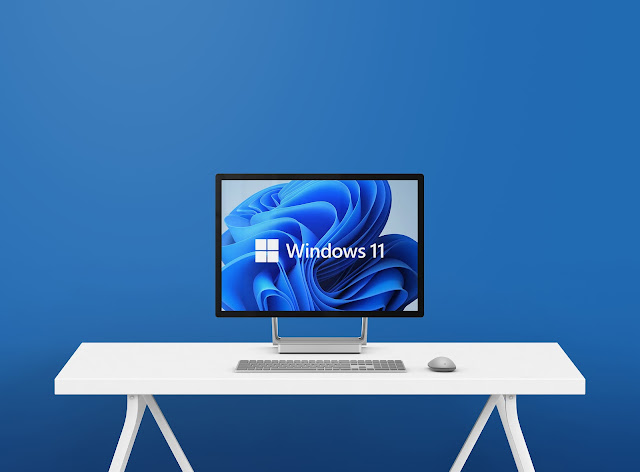In the realm of computer usage, we all covet a swift and efficient experience. This desire encompasses rapid boot-ups, seamless multitasking, and expeditious shutdowns. If you've ever pondered the art of expediting the shutdown process on your Windows PC, a potent technique involves the optimization of the running processes within your machine.
When it comes to using our computers, we all appreciate a speedy experience. This includes not just quick startups and efficient multitasking but also faster shutdowns. If you've ever wondered how to make your Windows PC shut down faster, one effective trick is to optimize the running processes on your machine.
Why Does Your PC Take So Long to Shut Down?
When you click the "Shut Down" button on your Windows computer, it should ideally close all running processes and power down gracefully. However, there are many background tasks and applications that may still be running, causing the shutdown process to take longer. Some of these processes are essential, while others may be unnecessary.
The Trick to a Faster Shutdown
To speed up your PC's shutdown process, follow these steps:
Step 1: Open the Task Manager
Press "Ctrl + Alt + Delete" on your keyboard to open the security options menu, and then click on "Task Manager." This will open the Task Manager window.
Step 2: Identify Unnecessary Processes
In the Task Manager window, navigate to the "Processes" tab or its equivalent (the name may vary depending on your Windows version). Here, you'll see a list of all the processes and applications currently running on your computer.
Step 3: Close Unneeded Processes
Take a look at the list of processes and identify the ones that you are not actively using. These are typically background processes that consume system resources even when you're not actively interacting with the application.
Step 4: End Unnecessary Processes
Select the processes you want to close by clicking on them, and then click the "End Task" or "End Process" button at the bottom right of the Task Manager window. This action will terminate the selected processes.
Step 5: Shut Down Your PC
After ending these unnecessary tasks, you can close the Task Manager. Now, try to shut down your computer once more. You'll likely notice that it shuts down faster, as you've freed up system resources that were previously occupied by those processes.
Be Cautious
While this trick can significantly improve your PC's shutdown time, it's essential to exercise caution when ending processes. Avoid terminating any processes that are critical to your computer's operation, as doing so may lead to instability or errors. Stick to ending tasks for applications you're not actively using.
In Conclusion
If you're looking to optimize your Windows PC's shutdown time, this simple trick can help you achieve a faster shutdown process. By ending unnecessary background processes before shutting down, you free up valuable system resources, resulting in a quicker and more efficient power-off sequence. So, the next time you're in a hurry to shut down your PC, remember to use the Task Manager to optimize your running processes.
By following these steps, you'll not only enjoy a faster shutdown but also an overall smoother computing experience.
Happy computing!

